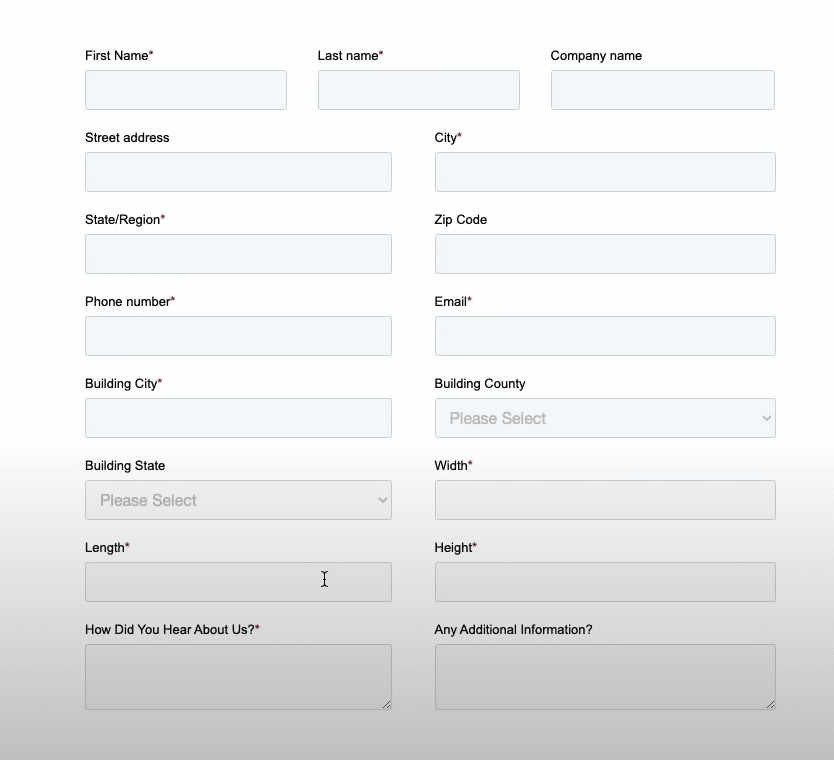Since the launch of Performance Max in November 2021, many business owners and advertisers shifted to running Performance Max campaigns.
However, even this most powerful marketing mechanism in history comes with certain problems, and sadly, Google doesn’t have all the answers.
We’re talking about false conversions and fraudulent traffic and leads coming from bots, and even more recently, a group of workers called “click farms.”
Enterprises have reported that up to 70% – 90% of web traffic and clicks are bots. In an email campaign test done by eDigital.Marketing, they found that out of 327 clicks identified by Marketo, only 91 were Humans.
If you’re using Performance Max campaigns, these fake clicks can easily ruin Google’s algorithm and give you false conversion signals.
So, if you want to avoid getting fake clicks that drain your budget, improve the quality of your leads, and increase the likelihood of getting the traffic you want, read on.
We’ll show you a solution that prevents getting fraudulent conversions from click farms.
Table of Contents
What Are Click Farms?
Click farms are “people” who click ads to generate “fake” traffic. These aren’t bots. They’re real human beings. Companies who hire these group of workers usually have one or more goals:
- Increase social media likes and followers
- Drive traffic to websites
- Comment on videos and add reviews
They might sound like the same goals most businesses have, except that these are fraudulent activities. They’re just gaming the system.
Just imagine, you could be generating hundreds of leads a day from people who have seemingly real names and email addresses.
But if they don’t engage or interact with you the moment you contact them, one thing is for sure. They’re fake clicks.
What Click Farm Traffic Looks Like
You see, click farms look like user-engaged traffic. They hit the right number of page times on your site, watch your videos, download your lead magnet, and fill out your forms.
In other words, they actually convert. And what’s interesting is you won’t even notice they’re fake. By using a consistent nomenclature with their email address, it’s hard to tell whether they’re real or not.
Based on the Performance Max campaign we ran, we got an inordinate number of downloads right away. Those users who downloaded a copy of our Ultimate Guide to Google Ads have email addresses look like this:
[First name] + [last name] + [characters] @gmail.com
Now, you’re probably wondering how we know these leads are click farms? Because we searched for those emails using lead augmentation tools. And guess what?
They either don’t exist or they appear to be spam. When we dug deeper and went to social profiles using their email address (e.g. searching on Facebook using the email address), we couldn’t find any users.
When we reached out to them via email or phone, we didn’t get any responses—all 154 leads who converted on our site.
Who’s Affected by Click Farm Traffic?
If you’re in the eCommerce or SaaS space, you could probably get away with click farm traffic. Because in order to convert, people would usually need to sign up for a free trial or actually purchase something.
Therefore, Google can see who buys what. Since these are fraudsters, they won’t go to such lengths.
But for lead generation, it’s hard for Google to tell who’s fraudulent and who isn’t. So when the traffic rolls in, Google will give you more of those types of users who converted.
How to Protect Your Campaigns From Click Farms
There are click fraud services out there that you can use—ClickCease, Lunio, and others. They could help detect fake clicks and protect your ads from click farms. However, we can’t guarantee their effectiveness.
If Google can’t catch these click farms, we don’t see how these services could.
(Full disclosure: We used one of these services before but unfortunately, it didn’t help.)
So how can businesses protect their campaigns from getting click farms? By making it harder to fill out your forms.

The image above is one of our client’s forms. If you want to convert as a lead, you’ll have to fill out 17 form fields.
That’s a lot! In the world of Conversion Rate Optimization, this is not advisable. Doing this will push traffic––whether good or bad––away.
But that’s exactly the trick.
Making your forms harder to complete is like raising your bar for a lead. Chances are, the higher the bar, the better the leads you’ll get.
This will repel any click farm people (or even bots) who are trying to do fraudulent activities on your site. Just make sure that you tell Google what makes a good lead first so it can give you more of those.
Don’t want or use a form? No problem. This also works on surveys, quizzes, or a multi-step process.
Author
Bryan is the marketing manager at Solutions 8, and has been on digital marketing since 2018. When he’s not working, you’ll find him working out at a local gym, reading personal development books, or playing music at home. He feels weird writing about himself in third person.
 Bryan Caranto
Bryan Caranto












